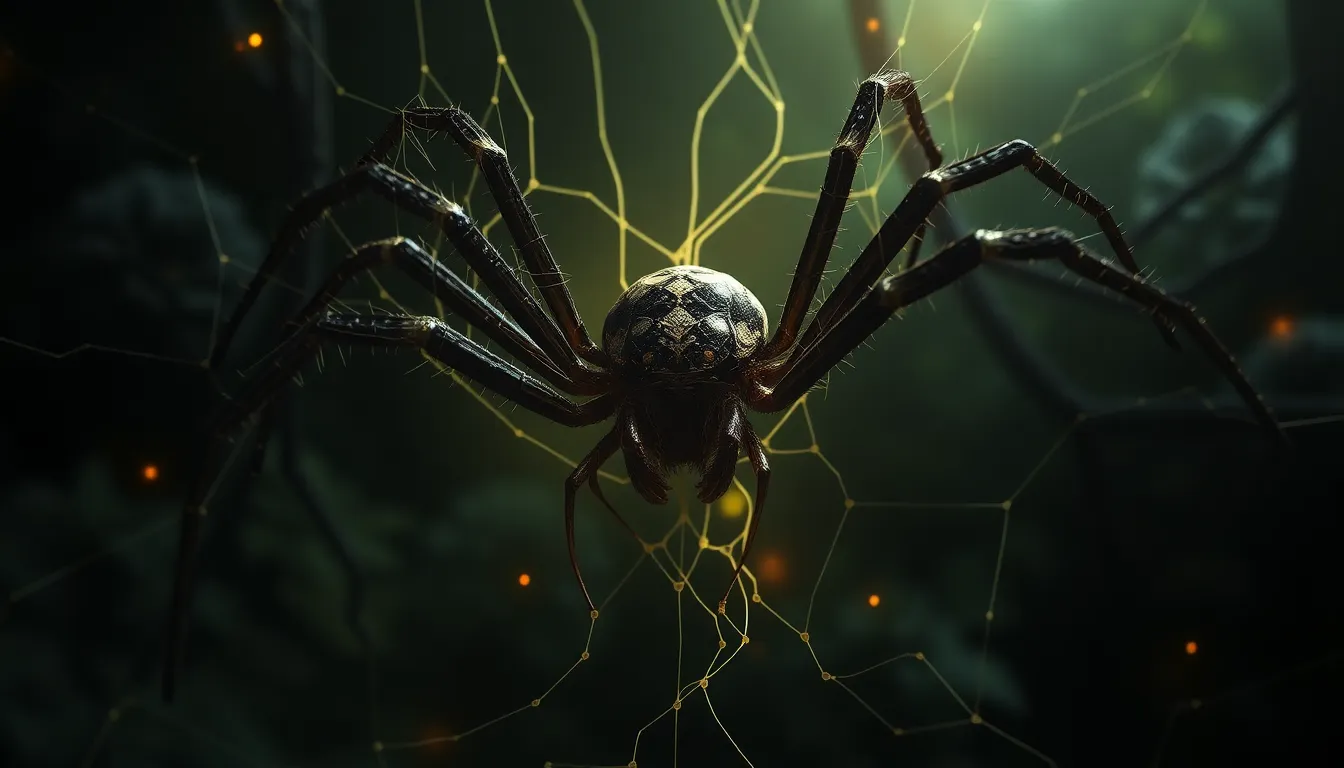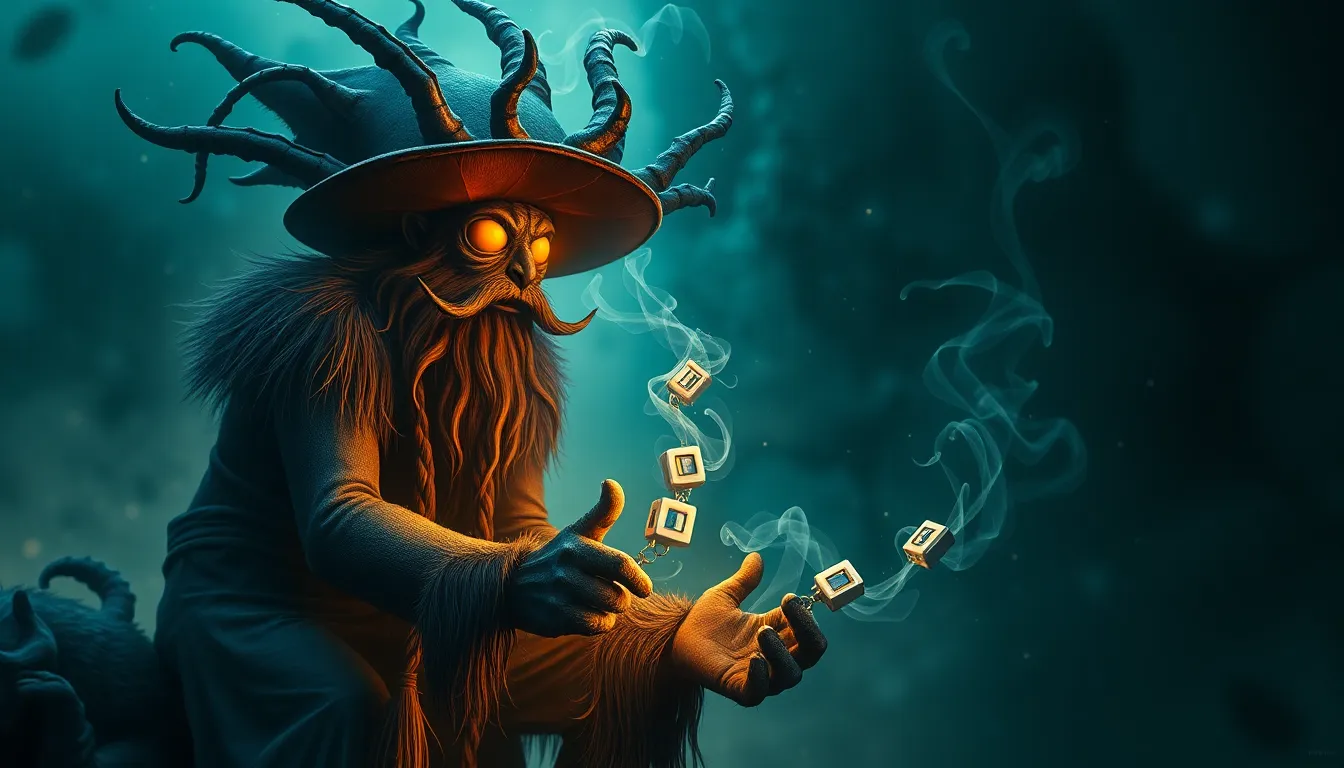Hawaiian Heroes: Epic Tales of Myth and Legend
The Genesis of Hawaiian Mythology
Hawaiian mythology is a rich tapestry of stories, legends, and beliefs that have been passed down through generations. These myths offer a glimpse into the values, beliefs, and understanding of the ancient Hawaiians. They explain the origins of the world, the creation of the islands, and the nature of the cosmos. Hawaiian mythology is deeply rooted in the natural world, with gods and goddesses often embodying aspects of the environment and its forces. The stories serve as a guide to proper behavior, social responsibility, and the interconnectedness of life. They highlight the importance of respect for nature, ancestors, and the divine.
The Role of Heroes in Hawaiian Culture
Heroes play a significant role in Hawaiian mythology, often serving as embodiments of cultural ideals and values. These heroes, known as "mana" (which translates to "power"), are not always perfect but possess extraordinary abilities, strength, and wisdom. They often embark on perilous journeys, face challenging trials, and overcome obstacles to achieve great feats. Through their adventures, they teach valuable lessons about courage, perseverance, and the importance of community. Stories of these heroes serve as models for behavior, inspiring generations to strive for excellence and uphold the values of their culture.
Kū: The Embodiment of Strength and Stability
Kū is one of the most important gods in Hawaiian mythology, representing strength, stability, and the earth. He is often depicted as a warrior, wielding a spear and shield, symbolizing his power and protection. Kū is associated with the earth, mountains, and the foundation of creation. He is also credited with teaching the Hawaiians the art of warfare, agriculture, and the construction of houses. Kū's story emphasizes the importance of resilience, determination, and the ability to withstand adversity.
Kāne: The Creator God and Symbol of Life
Kāne is the creator god in Hawaiian mythology, representing life, creation, and the sky. He is often depicted with a staff or scepter, symbolizing his power and authority. Kāne is said to have created the islands, the people, and all living things. He is also associated with the sun, rain, and the growth of plants. Kāne's story illustrates the interconnectedness of all things and the importance of respect for the natural world. It highlights the creative force that brings life to the universe and the power of creation.
Lono: The God of Agriculture and Fertility
Lono is the god of agriculture, fertility, and peace in Hawaiian mythology. He is often depicted with a fish hook or a gourd, symbolizing his connection to the sea and the bounty of the land. Lono is credited with teaching the Hawaiians how to cultivate crops, fish, and sail. He is also associated with the harvest season and the celebration of life. Lono's story emphasizes the importance of abundance, harmony, and the cycles of nature. It celebrates the connection between humans and the natural world and the need to live in balance with it.
The Journey of Maui: A Demi-God of Power and Transformation
Maui is a fascinating figure in Hawaiian mythology, often portrayed as a demi-god known for his cunning, strength, and ability to change the world. He is credited with performing incredible feats, such as slowing down the sun, pulling up the Hawaiian Islands from the ocean floor, and capturing the fire goddess. Maui's journeys are filled with trials, adventures, and encounters with other gods and mythical creatures. He is a symbol of transformation, innovation, and the potential for humans to achieve great things through resourcefulness and determination. His stories teach valuable lessons about challenging the status quo, embracing change, and the importance of perseverance even in the face of adversity.
Maui's most famous feat is slowing down the sun, which he accomplished by using a rope made of his grandmother's hair to lasso the sun god, forcing him to move more slowly across the sky. This story teaches the importance of resourcefulness and using what is available to one's advantage. It also reflects the Hawaiians' understanding of the sun's movement and its impact on daily life.
Another famous story tells of Maui pulling up the Hawaiian Islands from the ocean floor using a fish hook made from the jawbone of his grandmother. This story symbolizes the creation of the islands and the connection between humans and the natural world. It also highlights the power of ingenuity and determination to overcome obstacles.
Maui's journey to capture the fire goddess is another tale that showcases his cunning and resilience. He tricked the fire goddess into giving him fire, which he then brought to the people of Hawai'i. This story is a testament to the importance of fire as a source of warmth, light, and cooking. It also highlights the potential for humans to overcome challenges and acquire knowledge through resourcefulness and bravery.
Hina: The Goddess of the Moon and Ocean
Hina is a prominent figure in Hawaiian mythology, often depicted as the goddess of the moon, ocean, and fertility. She embodies the powerful forces of nature, particularly the ebb and flow of the tides and the cycles of the moon. Hina's stories often explore themes of creation, transformation, and the enduring power of nature. She is a multifaceted figure, sometimes playing the role of a wise and compassionate mother figure, while at other times embodying the unpredictable and powerful forces of the sea.
Hina's connection to the moon is evident in her name, which means "moon" in the Hawaiian language. She is often associated with the moon's phases and its influence on the tides. In some stories, Hina is depicted as the sister of the sun god, representing the complementary forces of day and night. Her story reinforces the importance of balance in nature and the interconnectedness of all things.
Hina is also associated with the ocean, representing its vastness, mystery, and power. She is often depicted as a skilled navigator and a protector of those who travel the seas. Her stories emphasize respect for the ocean's power and the importance of understanding its currents and tides. They also showcase the bravery and resilience of the ancient Hawaiians who navigated the vast Pacific Ocean.
Hina's role as a fertility goddess is evident in her association with the cycle of life. She is often seen as a symbol of the birth, growth, and renewal of nature. Her stories often focus on the importance of family, community, and the continuity of life.
Pele: The Volcano Goddess and Symbol of Fierce Independence
Pele is an iconic figure in Hawaiian mythology, known as the fiery goddess of volcanoes and a symbol of fierce independence and untamed power. She is associated with volcanic activity, fire, and transformation. Pele's story is intertwined with the stories of other gods and goddesses, often showcasing her strength, passion, and unrelenting spirit.
Pele's stories are filled with drama, conflict, and powerful emotions. They reflect the dangers and beauty of active volcanoes, highlighting the force of nature and the challenges faced by those who live near volcanic regions. Her stories emphasize the cyclical nature of volcanic eruptions, connecting them to the constant creation and destruction that is part of the natural world.
Pele's fierce independence is a powerful theme throughout her stories. She is often depicted as a solitary figure, refusing to be controlled or bound by the expectations of others. Her independence symbolizes the power of self-determination and the importance of pursuing one's own path.
Pele's connection to the fire element is evident in her name, which means "fire" in the Hawaiian language. She is often depicted with fiery hair and eyes, signifying her powerful and passionate nature. Her stories emphasize the destructive power of fire but also highlight its potential for renewal and transformation.
The Significance of Voyaging in Hawaiian Mythology
Voyaging plays a central role in Hawaiian mythology, serving as a metaphor for life's journey and highlighting the importance of navigation, exploration, and cultural exchange. Stories of voyaging often feature mythical figures, powerful deities, and epic adventures, emphasizing the courage, resilience, and resourcefulness of the ancient Hawaiians.
Many of the stories told by the Hawaiians involve voyaging, reflecting the islands' geographic isolation and the importance of seafaring in their culture. These stories highlight the skills and knowledge required for successful navigation, including star reading, weather prediction, and the art of building and sailing canoes.
Hawaiian mythology is filled with stories of legendary voyagers, such as the demigod Maui, who sailed the seas and encountered mythical creatures, gods, and goddesses. These stories recount the journey of the first Hawaiians from their ancestral homelands to the islands, showcasing their skills and determination in conquering the vast Pacific Ocean.
Voyaging in Hawaiian mythology also reflects cultural exchange and the interconnectedness of different societies. Stories often feature encounters with other cultures and highlight the importance of diplomacy, trade, and shared knowledge.
Theories on the Origins and Evolution of Hawaiian Mythology
Hawaiian mythology is a dynamic and evolving system of beliefs and stories that have been passed down through generations. Scholars and researchers continue to explore the origins and influences of these narratives, offering various theories about their development.
One theory suggests that Hawaiian mythology originated from a complex interplay of cultural influences from various Polynesian societies that migrated to the Hawaiian Islands over centuries. These migrations brought with them a rich tapestry of stories, beliefs, and practices, which were then further adapted and transformed by the Hawaiians to reflect their unique environment and experiences.
Another theory posits that Hawaiian mythology evolved organically over time, with new stories and beliefs emerging from the needs and experiences of the people. These narratives often reflected the challenges and opportunities faced by the Hawaiians, including the importance of agriculture, seafaring, and the relationship with the natural world.
The influence of external factors, such as contact with European explorers and missionaries, also played a role in the evolution of Hawaiian mythology. These encounters introduced new ideas, perspectives, and values, which sometimes led to the blending or reinterpretation of existing myths.
FAQ:
What are some common themes in Hawaiian mythology?
Common themes include the relationship between humans and the natural world, the importance of family and community, the power of creation and transformation, and the value of resourcefulness and courage.
Who are some of the most important figures in Hawaiian mythology?
Some key figures include Kū, Kāne, Lono, Maui, Hina, and Pele. These figures represent various aspects of the natural world, cultural values, and human potential.
What is the significance of “mana” in Hawaiian mythology?
"Mana" refers to a spiritual power or force that resides in both humans and the natural world. It is associated with strength, influence, and the ability to achieve great things.
How has Hawaiian mythology influenced Hawaiian culture?
Hawaiian mythology has profoundly influenced Hawaiian culture, shaping their beliefs, values, traditions, and artistic expressions. It provides a framework for understanding the world, the role of humans in the universe, and the importance of respecting the natural world.
Is Hawaiian mythology still relevant in modern-day Hawai’i?
Yes, Hawaiian mythology remains relevant today. It continues to be a source of inspiration, guidance, and cultural identity for many Hawaiians. It also provides valuable insights into the history, beliefs, and experiences of the Hawaiian people.



